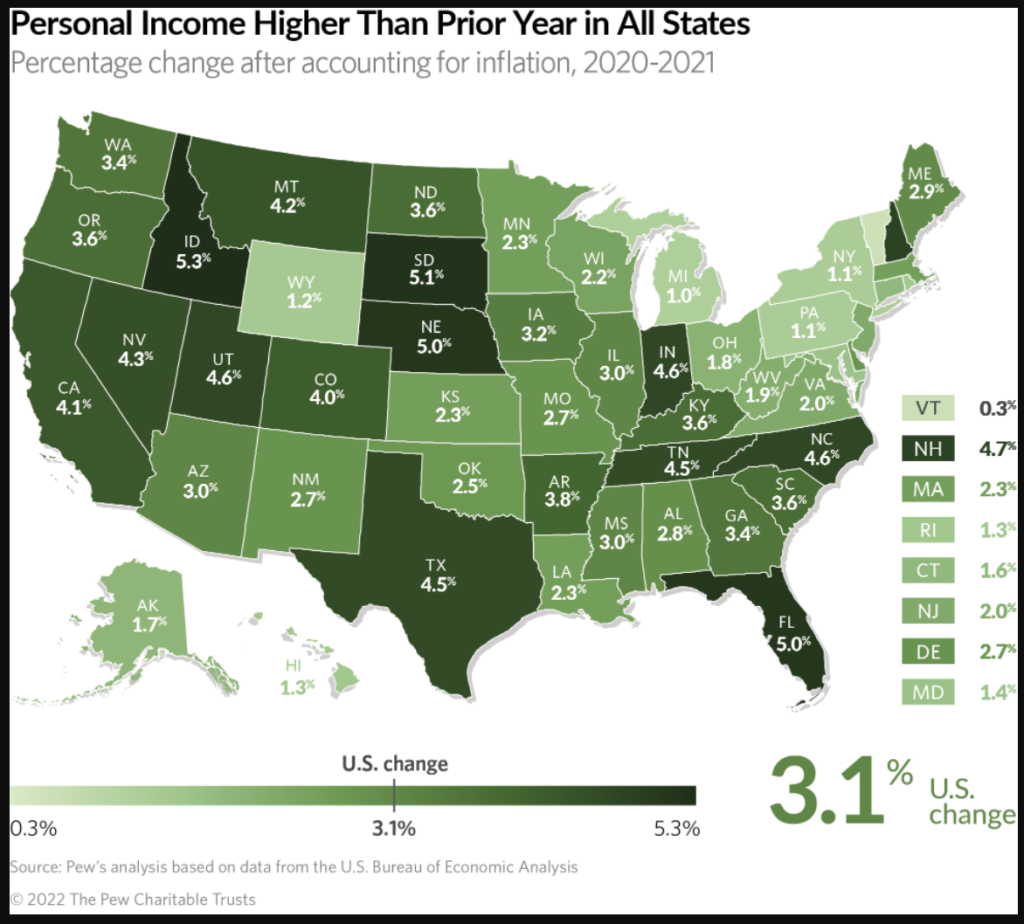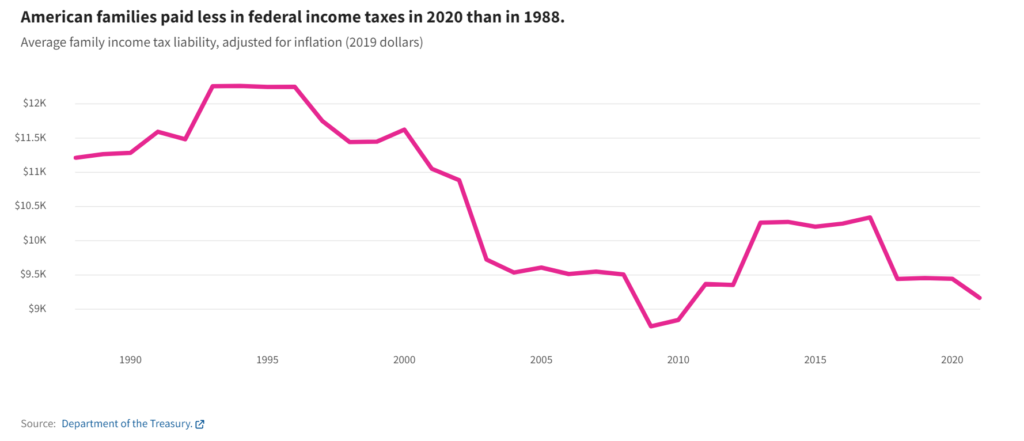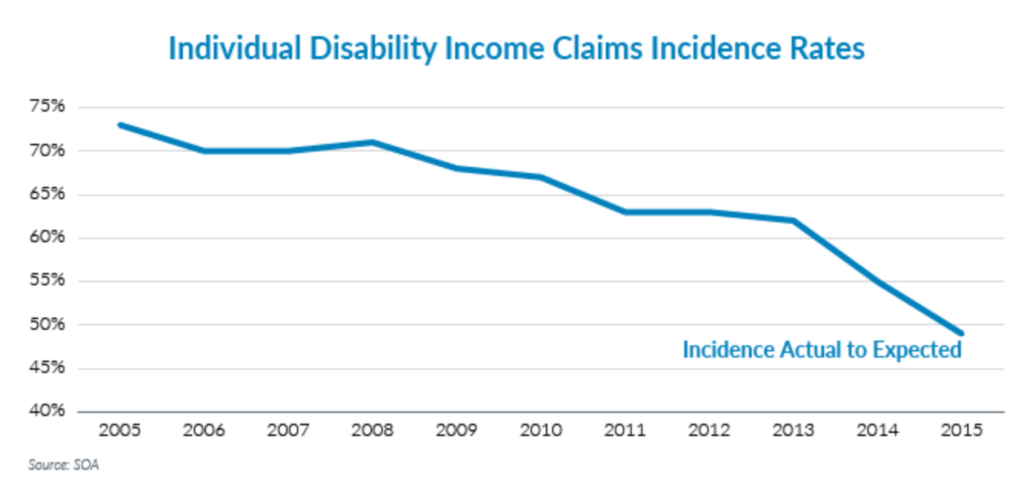Link: https://fee.org/articles/are-seat-belts-making-you-less-safe/
Excerpt:
In the 1960s, the federal government—in its infinite wisdom—thought that cars were too unsafe for the general public. In response, it passed automobile safety legislation, requiring that seat belts, padded dashboards, and other safety measures be put in every automobile.
Although well-intended, auto accidents actually increased after the legislation was passed and enforced. Why? As Lansburg explains, “the threat of being killed in an accident is a powerful incentive to drive carefully.”
In other words, the high price (certain death from an accident) of an activity (reckless driving) reduced the likelihood of that activity. The safety features reduced the price of reckless driving by making cars safer. For example, seatbelts reduced the likelihood of a driver being hurt if he drove recklessly and got into an accident. Because of this, drivers were more likely to drive recklessly.
The benefit of the policy was that it reduced the number of deaths per accident. The cost of the policy was that it increased the number of accidents, thus canceling the benefit. Or at least, that is the conclusion of University of Chicago’s Sam Peltzman, who found the two effects canceled each other.
His work has led to a theory called “The Peltzman Effect,” also known as risk compensation. Risk compensation says that safety requirements incentivize people to increase risky behavior in response to the lower price of that behavior.
Author(s): Joshua Anumolu
Publication Date: 13 July 2017
Publication Site: FEE





